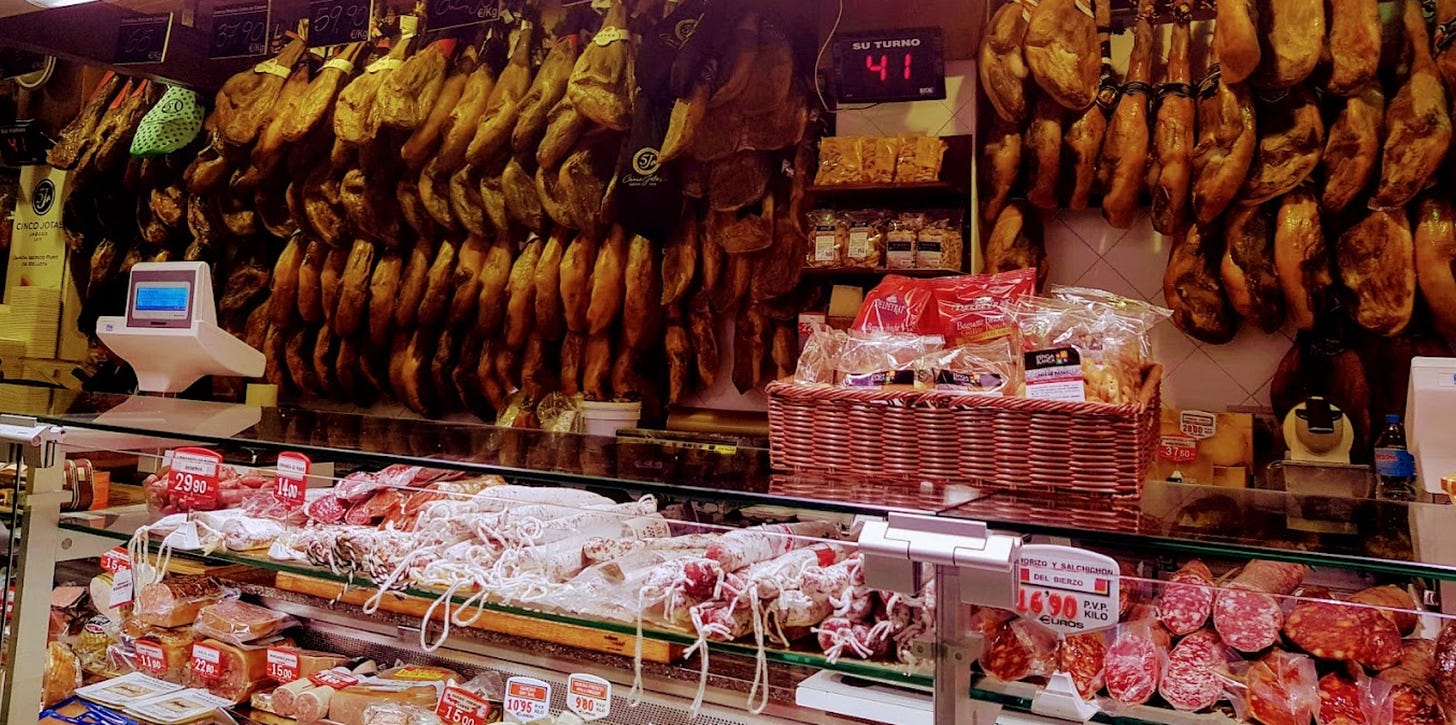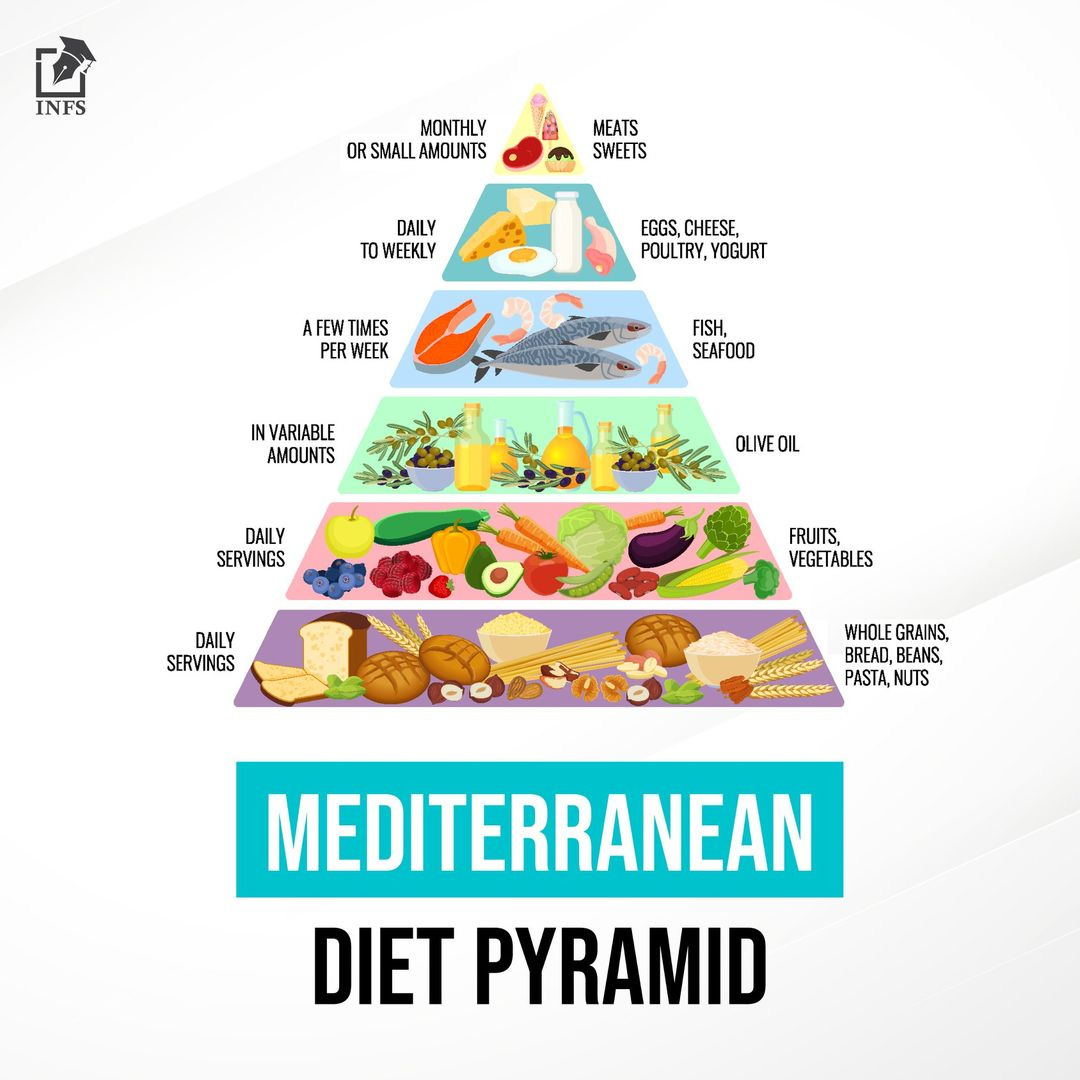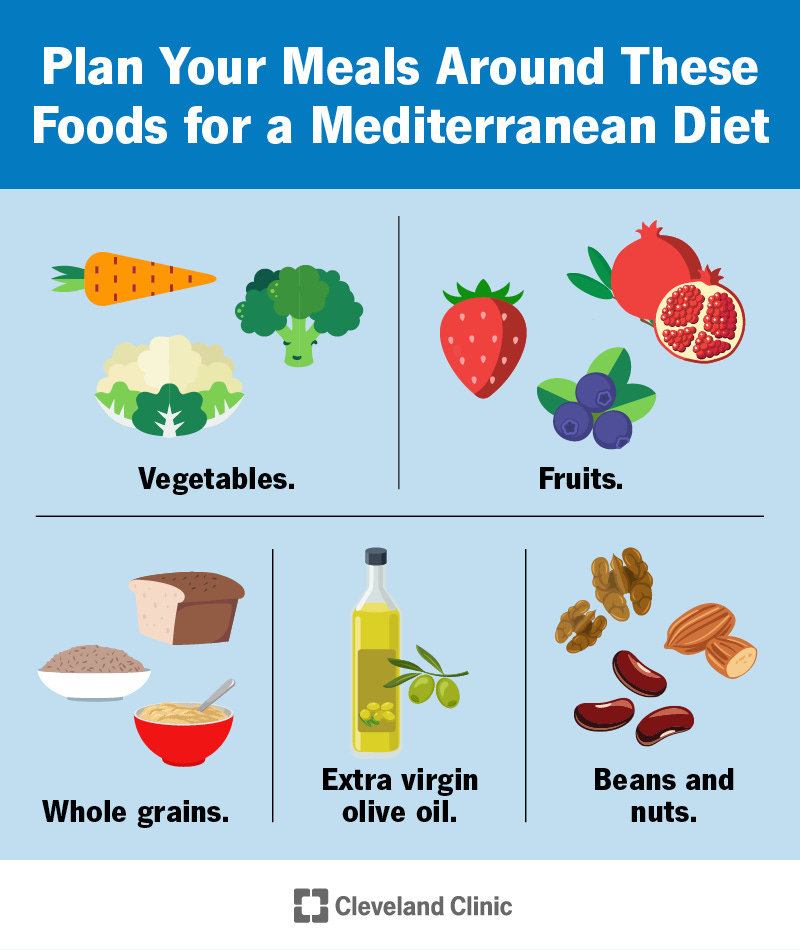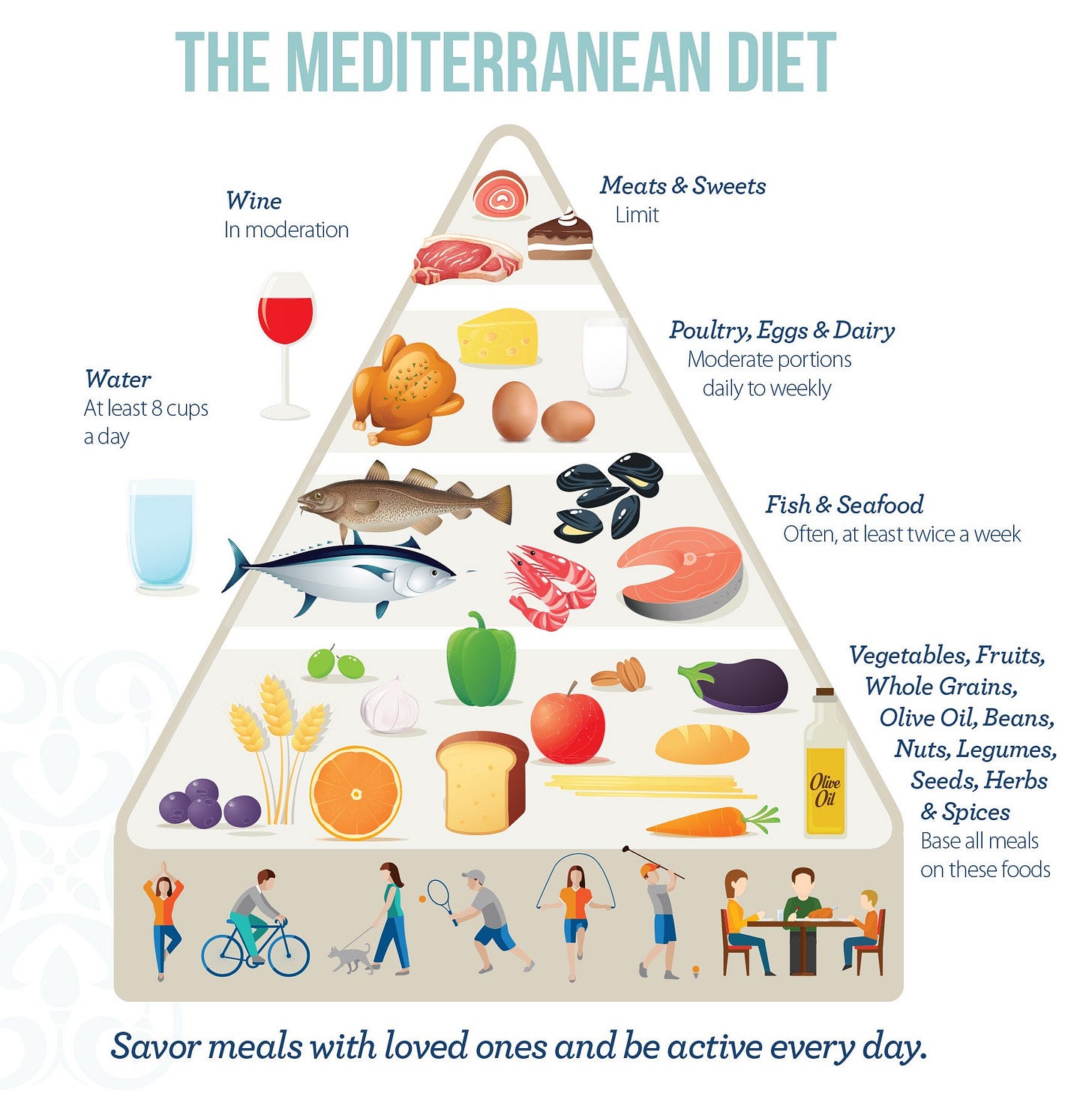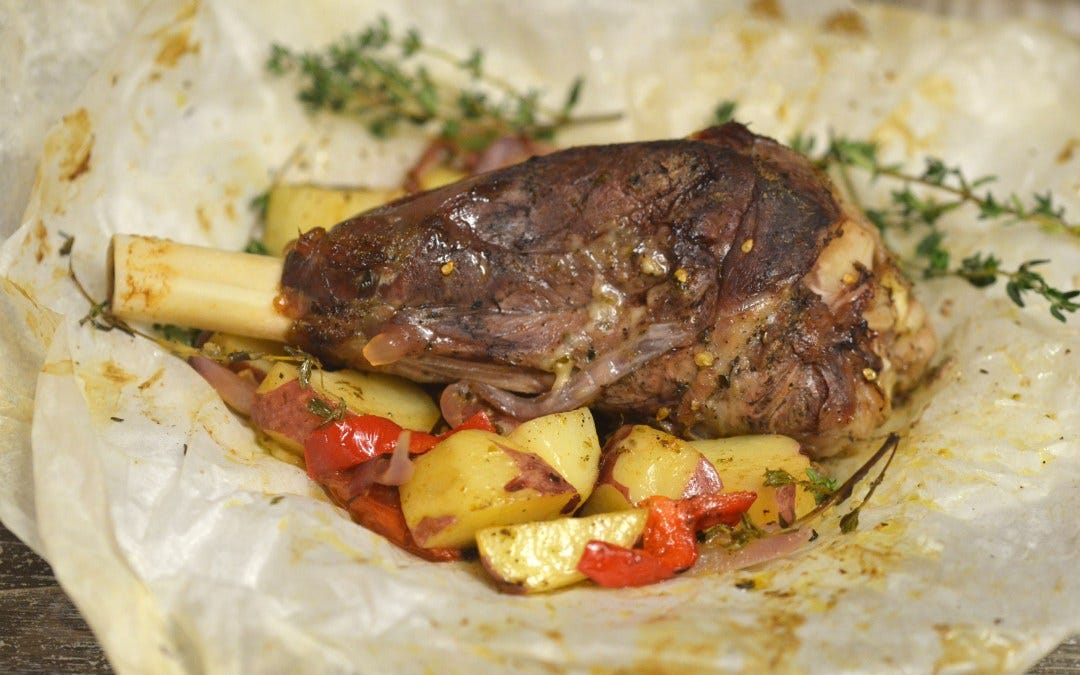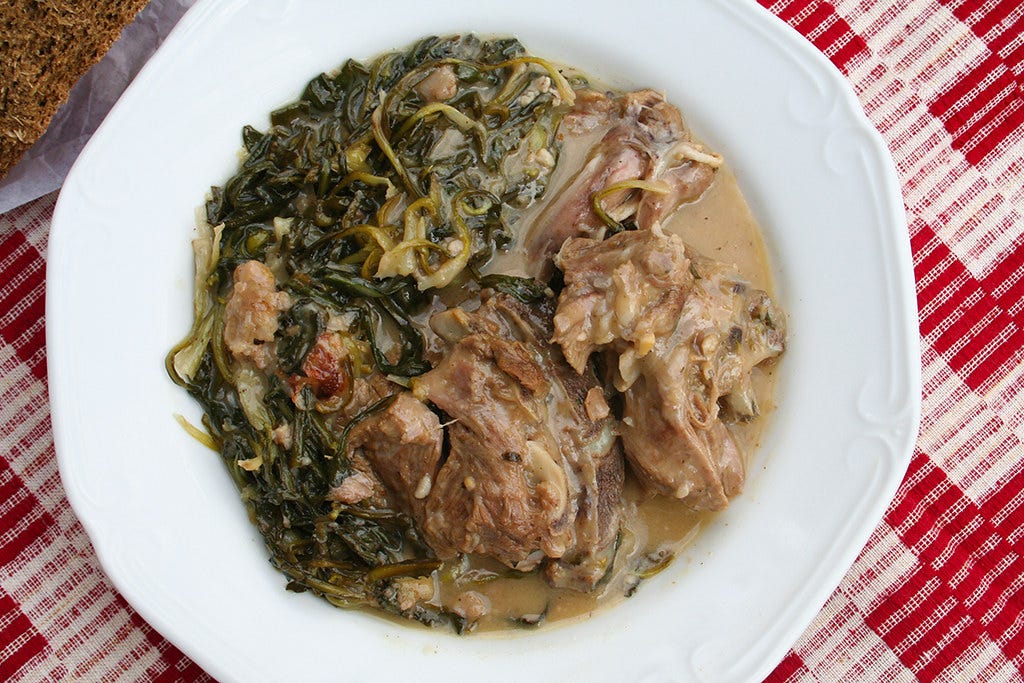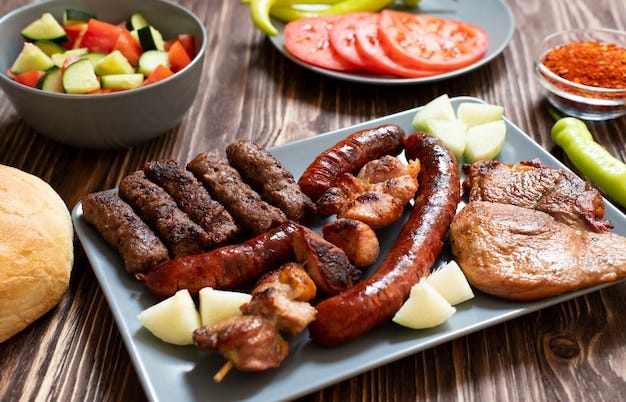My Substack is a reader-supported publication. To gain access to all of my articles and podcast episodes in full and to allow me to continue devoting my time and effort to my writing, consider becoming a paid subscriber ($15 per month or $99 for a yearly subscription).
The full version of this article is for paid subscribers only.
Disclaimer: Content for entertainment purposes only. Not medical or health advice.
The absurdity of “The Mediterranean Diet,” in the form in which it’s known to most Westerners, struck me suddenly one sunny morning 5 years ago when on a trip to Spain.
In 2019 I took a solo trip to the Spanish Balearic island of Majorca, where my goal was to take it slow, avoid tourist traps, and live “like a local” for a few days. During my stay in Palma, the capital of the island, I made it a priority to check out “Mercat de l’Olivar” - a large farmer’s market where locals buy fresh fish, local produce, and all else that the island has to offer. I wasn’t sure what to expect of the market, especially since at the time, due to digestive issues, I was pursuing a mostly animal-based diet.
“Will I be able to find high-quality animal products that I can eat to ensure that my digestion doesn’t go haywire during the trip, or will the market offer little more than vegetables?” - I pondered to myself.
Upon entering the market, the first thing I saw wasn’t colourful vegetable stands. Instead, I was greeted by multiple stands with whole legs of pig hanging on the wall, which, when thinly sliced, produce the Spanish delicacy “Jamón ibérico” - Iberian pig ham. The market was bustling with locals, who were buying meats, shellfish, and all else that the market had to offer.
Numerous butchers had their stands, selling organ meats, sausages, whole animals and bits that I wouldn’t even be able to find in Germany (where I currently live), not even if I seriously went out of my way to try. Tripe, spleen, lungs, kidneys, and whole pig heads, among other “odd cuts” were sold in multiple stands. Whole wheels of traditional cheeses, made of sheep, goat and cow milk were sold in abundance alongside dried meats and cured fish eggs. Off in the corner, a local lady sold eggs from chickens, quails, turkeys, and far more exotic animals, such as ostriches and parrots. Yes, they were all sold as food!
Of course, the market also sold a variety of local vegetables, but the amount of vegetables sold in the market paled in comparison to the variety provided by the meat, dairy, seafood and fruit stands, all overflowing with local products.
While walking past one of the butchers’ stands, where whole, skinned rabbits were hanging on the wall and a whole pig lay on display, I suddenly thought to myself - “How the fuck is the Mediterranean diet a plant-based diet?”
Here I was, in the Mediterranean, on a Spanish island, and within reach, I had access to a variety of animal products the breadth of which I had never even seen before in my life. Meanwhile, the best that most butchers in Germany could offer me was steaks and occasional liver. I even once got asked by a German butcher if I was “planning on conducting a ritual” when trying to order a larger variety of organ meats. Ironically enough, it’s Germany that’s colloquially believed to be a country of meat eaters (it is the home of the Schnitzel after all).
Why is it then that most people believe that people in the Mediterranean eat a mostly plant-based diet? And why is this “plant-based” version of the Mediterranean diet so popular among health-conscious Westerners?
The Mediterranean diet seems to be the untouchable golden child of the nutrition world. There’s a fair share of criticism against vegan approaches as there is against the carnivore diet or the standard American diet, to name a few, but no one seems to say a bad word against the Mediterranean diet.
The Mediterranean diet is the perfect argument to use to prop up the idea of the food pyramid that recommends 6-8 servings of whole grains per day, together with vegetables and unsaturated fats, and the avoidance of red meat, dairy and sugar. After all, this is how people in the Mediterranean eat, and they enjoy exceptional longevity and incredible health. Right?
Not quite.
Endless holes can be poked in the idea of the Mediterranean diet. Still, the biggest one is that, in line with my observations when in Majorca, people in the few specific Mediterranean countries on which the Mediterranean diet is based do not eat the “Mediterranean diet.”
To be quite honest, there are so many “holes” in the concept of the Mediterranean diet that part of me doesn’t even know where to start as far as writing this article goes. Perhaps it is best to start with painting the picture of the perception of “The Mediterranean Diet” held by most people today. We can work backward from there to explore questions such as:
Where does our perception of the Mediterranean diet as taught by various nutrition sources come from?
Why are only very few of the Mediterranean countries considered when speaking about the Mediterranean diet?
How the “Mediterranean diet” as a construct is divorced from the dietary habits of those who live in the Mediterranean region.
What do people in the Mediterranean eat?
Do Mediterranean nations enjoy the type of longevity and health that other nations should look up to?
Why is “The Mediterranean Diet” held in such high regard in the nutrition world?
What is “The Mediterranean Diet?”
First, we need to distinguish between “the Mediterranean Diet” as a dietary ideology vs. the actual diets of people who live in the Mediterranean region.
As mentioned earlier, they are very much two separate things. This section will not yet go into exploring what people in the Mediterranean (or, specifically, the countries associated with the Mediterranean diet) eat, but rather paint a picture of “The Mediterranean Diet” construct to ensure that we are all on the same page.
For clarity purposes, in this article, whenever “The Mediterranean Diet” is written in quotes, it refers to the specific dietary ideology taught as “The Mediterranean Diet” as opposed to the cuisine of the Mediterranean region.
The entity that the “Mediterranean Diet” has warped into today is like a bad game of telephone, where everyone adds bits and pieces to the initial phrase based on their own inherent biases and held stereotypes until the phrase bears little resemblance to its starting form.
So, what is the nature of this entity as it exists today?
According to Wikipedia:
“The Mediterranean diet is a diet inspired by the eating habits and traditional food typical of southern Spain, southern Italy, and Crete, and formulated in the early 1960s. […] This approach emphasizes a plant-based diet, focusing on unprocessed cereals, legumes, vegetables, and fruits. It also includes moderate consumption of fish, dairy products (mostly cheese and yogurt), and a low amount of red meat.”
Other online health outlets such as Harvard Health,1 Healthline2 and the Mayo Clinic3 provide a similar description for “The Mediterranean Diet,” describing it as a diet based on the eating habits of Mediterranean countries such as France, Spain, Italy and Greece, largely based on whole grains, legumes, fruit and vegetables, with moderate consumption of fatty fish (such as salmon), poultry, and alcoholic beverages such as red wine, and a general avoidance of saturated fat, sugar, desserts, juices and red meat.
Those who wish to eat as if they live somewhere on the Mediterranean coast are encouraged to forgo red meat such as beef and pork (or to only have it once a month, as a little treat), and replace it with poultry (chicken, turkey) and seafood. Meals built on a foundation of beans, whole grain bread, pasta and vegetables are encouraged, and olive oil is recommended as the main source of fat. Saturated fat, such as that found in milk, cheese, eggs and butter is to be avoided. Pastries, sweets and fruit juice are to be avoided and treated as treats too.
As concluded earlier, if the average person is asked about the Mediterranean diet, they too will likely associate it with a plant-based or at least a vegetarian diet, full of fibrous green vegetables, beans, and whole-grain bread.
Yet, is this an accurate perception of what people in the European Mediterranean eat?
The Real Mediterranean Diet
Before I get into the history of how this perception of Mediterranean cuisine came about, I think I should get into the (literal) “meat and potatoes” of this article, or, in other words, an overview of Mediterranean cuisine.
The Mediterranean region spans across three continents, including Europe, North Africa and Western Asia. The diets of these regions are extremely varied. For example, some of the countries in the Mediterranean region are the biggest consumers of pork in the world, while others consume no pork due to Islam being the predominant religion. Likewise, alcohol, including red wine, is entirely avoided in some of these countries for religious reasons. Some of these countries consume a lot of seafood, while others rarely consume fish. However, for the scope of the article, I will focus only on a subset of the European Mediterranean countries, namely ones that:
Provided the initial research cohorts that served as inspiration for the development of “The Mediterranean Diet.” These countries include Italy, Greece, and certain territories of former Yugoslavia, now belonging to Croatia and Serbia.
Didn’t participate in the research that inspired “The Mediterranean Diet” but are often cited as the inspiration behind “The Mediterranean Diet” by nutrition authorities and nutrition publications. These countries include Spain and France.
The aforementioned research will be discussed in later parts of this article. Spoiler alert - There’s some serious selective blindness involved in that research and some ambitious, reaching conclusions are made.
Since I live in Europe, I have had the pleasure to travel to all of the countries associated with “The Mediterranean Diet,” including Croatia and Serbia, which are countries in which the initial research that supported the development of the “The Mediterranean Diet” was conducted. Funny enough, these countries don’t get associated with “The Mediterranean Diet” much in nutrition publications. What I can say from my observations is that the countries in the European Mediterranean eat dishes that do not cheap out on the amount of meat and cheese added to them, and delicious, sweet desserts are plentiful and often follow a hearty, meaty dish.
Meat platters, roasted meats from the grill, whole fish, and wheels of cheese are often the centrepieces of the meals that I get to enjoy when visiting the Mediterranean. Organ meats (offal) are served by most restaurants, and cuts such as tripe, pork neck, kidneys, liver, intestines and spleen are incorporated into street food in many parts of the European Mediterranean. Lamb, goat and pork are found on nearly every menu, together with delicious desserts like baklava, flan, cannolis or gelato.
Living in Western Europe myself, I often exclaim at how rich in meat the dishes in the Mediterranean region are, compared to Germany.
However, before I get too ahead of myself recalling my travel food adventures, I understand that there might be some criticism of this observation. It could be that my observations are subjective and perhaps the foods that I encountered on my travels are not representative of how people in the European Mediterranean eat. Perhaps these meat dishes are only eaten on “special occasions” and don’t make up the bulk of the diets of the Mediterranean region. For this reason, before I get too invested in discussing the specific, traditional dishes of the European Mediterranean region in more detail, let’s look at some data!




